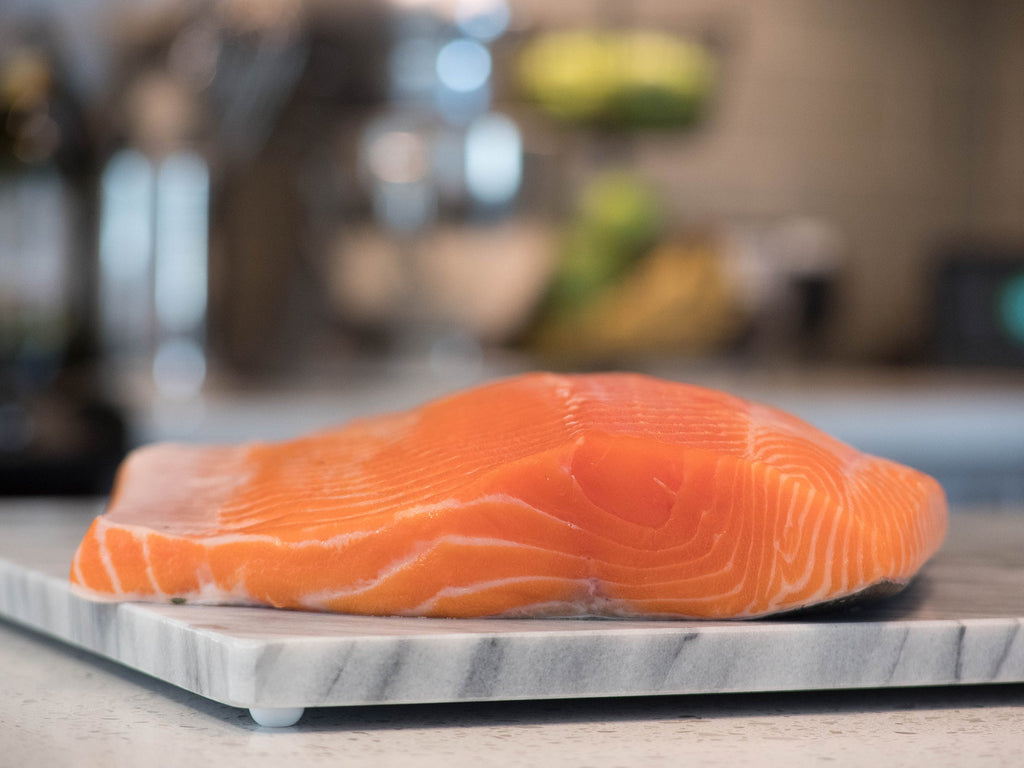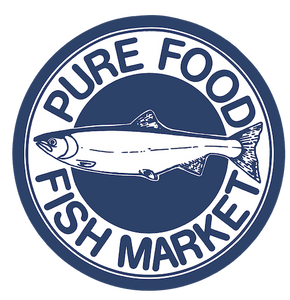FRESH BLOG
For all things Fresh Seafood, cooking inspiration, and more!

Seafood Tips: How To Sous Vide Seafood
Learning how to cook sous vide can make you an expert fish cook in almost no time. Because of the gentle nature of the cooking method—in a vacuum pack inside circulating water—sous vide seafood brings out some of the best textures and flavors from salmon, halibut, and even some shellfish. Because of the temperature control, sous vide seafood recipes are a great place for a beginner seafood cook to start: it’s almost impossible to overcook the fish, meaning it retains its vibrant color and big flavor.
When you’re looking at how to cook sous vide fish, make sure you pay attention to which type the recipe calls for: salmon’s big flavor and ample fat make it the perfect place to start—you’ll need little more than a splash of oil, salt, and pepper for a basic recipe. Leaner fish like halibut will want more fat added—look for sous vide recipes with a compound butter or plenty of flavored oil.
Those same butter-heavy recipes will work well if you have shrimp or lobster that you want to learn how to cook sous vide. It uses the same principles as the butter-poaching you’ve probably seen on menus, but without any risk of overcooking your shellfish.
The next most important thing in learning how to cook sous vide is getting the temperature and timing right. For a nice fillet of salmon, you’ll want between 122°F and 125°F (it takes about 40 minutes). The bright-red flesh of a sockeye might surprise you when it comes out—people often mistake it for being undercooked because of how tender and bright it is. But in fact, that’s just the amazing results of cooking sous vide seafood. For halibut, look for about 132°F and expect it to take twenty minutes to cook. Shrimp are closer to 160°F, but they only take about ten minutes.
The main detractor from cooking sous vide seafood is that for fish, scallops, and other seafood that benefits from having a crisp skin or crust, you will have to give it a second cooking—when your seafood comes out of the sous vide, you’ll want to pat it dry and put it into a screaming-hot pan slicked with oil for just a few seconds to get that browning and wonderful texture.

